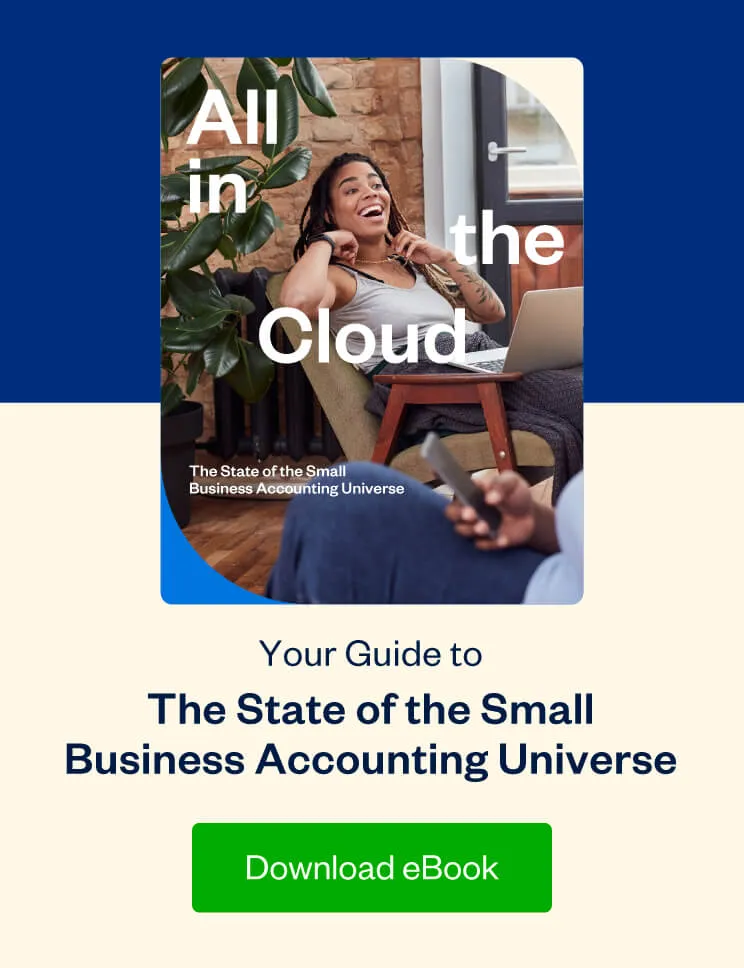Sick of leaving money on the table come tax time? It may be because you’re tracking expenses the wrong way.

There’s no denying that expense tracking provides several benefits:
- You become more aware of how you’re spending your money and improve your money management
- You’re prepared come tax time and may even get money back
- It helps you capture all billable expenses and ensures you’re not losing money
- You know precisely where your business stands and have a better handle on your cash flow
Many business owners, however, don’t realize these benefits because they use methods that are time-consuming, messy, and result in lost money when filing a tax return.
I know that when I started my small business, I was using one such method. I was tracking expenses in spreadsheets because I really didn’t know any better. The funny thing was that I thought I was doing it right. The reality was that I wasn’t and I soon discovered there was a better way.
In this post, we explore this better way. It will ensure you remain up-to-date, organized, and aren’t losing money come tax time. But first, let’s look at how many business owners track expenses and the problems these can cause.
How Many Business Owners Track Expenses
If you’re like most business owners, you’re somewhere on the spectrum between a shoebox of receipts that you hand your accountant each year and a spreadsheet where you manually enter your receipts.
Keeping a shoebox can lead to chaos, lost receipts, clutter and creates an absolute nightmare when filing tax returns. The chances are good that you will, in fact, be leaving money on the table.
Of course, creating spreadsheets and manually inputting all your expenses is a bit better. But again—as I discovered, there are problems; data entry takes time, and this is time you could spend on other critical business areas.
Then, of course, there’s the issue of how tedious the task is. So tedious, in fact, that you procrastinate and tell yourself, “I’ll get to those expenses tomorrow.”
But you don’t. Days turn into weeks; weeks turn into months and, before you know it, the date to file your tax return has arrived, and you’ve done nothing. Sound familiar?
We’ve all been there; I know I have. The good news is that there’s a simple solution to fix these problems: cloud accounting.
The New Way to Track Your Expenses: Cloud Accounting
Accountex predicts that by 2020, more than 90% of small business owners will be using cloud accounting software. These fast adoption rates are driven, in part, by the many benefits the cloud offers your business:
1. Expense Tracking Without the Manual Effort
Most cloud accounting platforms let you connect your bank account or credit card so that your expenses update automatically (no more manual input!). These updates usually occur on a daily basis, and you can take pride knowing that you’re always up-to-date.
2. Tracking On-the-Go
Some solutions even provide a mobile app that lets you track expenses while on the road. Just had a business meeting? Don’t fret. Quickly snap a picture, log it, and have peace of mind knowing that the software will categorize and organize it for you.
3. Better Tax Records
By storing receipts in the cloud, you also have a more secure tax record than keeping a spreadsheet. But why? Well, if you’re audited and are tracking expenses in a spreadsheet you’ll have to produce the original, which may be eligible. That’s not to mention that you may even have lost it.
But it’s not only about having a secure tax record. By investing in solutions such as FreshBooks, you’ll receive automatic expense classifications and even have access to tax-friendly business categories.
Ultimately you’ll have all your receipts in one place, and you’ll be better organized come tax season. More importantly, you’ll ensure that you’re getting as much money back from the taxman as possible.
4. Billable Expenses Captured
If you aren’t tracking expenses correctly, you may forget to bill your client. But, if you use the cloud, you can mark any expenditures as billable, add a markup and—with the right cloud accounting solution—even pull it over to an invoice.
5. A Grip on Your Costs = A Grip on Your Cash Flow
Tracking expenses in the cloud lets you have a nice list of neatly organized expenses which will help you stay on top of your costs. You’ll also have access to critical financial reports.
For example, FreshBooks creates profitability and expense reports that are accessible from their dashboard. You’ll know what you’re spending your money on, how your business is doing, and have a firm handle on your cash flow.
The Bottom Line: If You Track It, You Can Change It
Most business owners lose sight of their cash flow, deductibles, and a general sense of where their business stands because they either don’t track their expenses or have inadequate systems in place.
Keeping receipts in shoe boxes and tracking expenses in spreadsheets only open you up to these problems down the line. How do you:
- Know what you’re spending your money on?
- Identify if you’re over or under budget?
- Improve money management and make better financial decisions?
The truth is you don’t.
But you don’t have to be in this position. By embracing cloud accounting, you can:
- Manage expenses without the manual input
- Track expenses on the go
- Create better tax records
- Capture all billable expenses
- Get a better grip on your costs and your cash flow
So, what are you waiting for?
If you’re tracking expenses the old way, upgrade to a simpler solution. One that will keep you organized, put more money in your pocket and help you know how your business is performing. A solution such as Freshbooks.
FreshBooks is designed for small service-based business owners like yourself who don’t have time for complex accounting. The solution offers a simple, yet powerful expense tracker that integrates with invoicing and reporting features. And, with a free 30-day—no strings attached—trial, you have nothing to lose.

Written by Nick Darlington, Freelance Contributor
Posted on January 16, 2018

 Your Complete Guide to Reimbursable Expenses
Your Complete Guide to Reimbursable Expenses Why You Should Track Your Business Expenses Daily
Why You Should Track Your Business Expenses Daily 5 Ways Cloud Accounting Software Simplifies Your Workday
5 Ways Cloud Accounting Software Simplifies Your Workday





